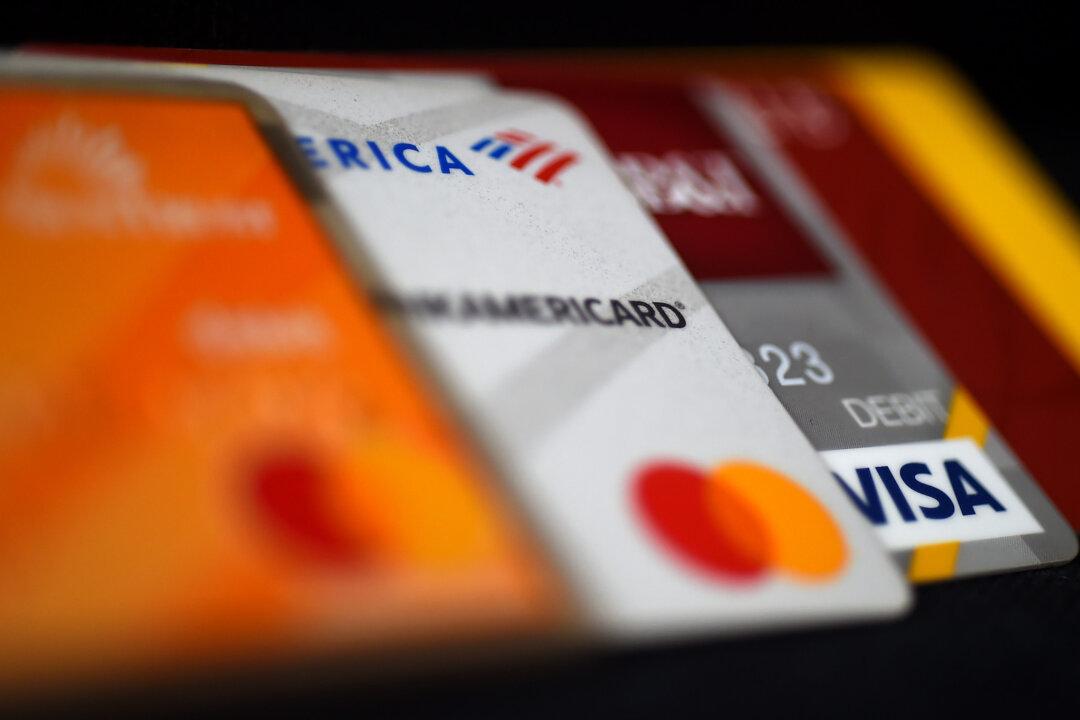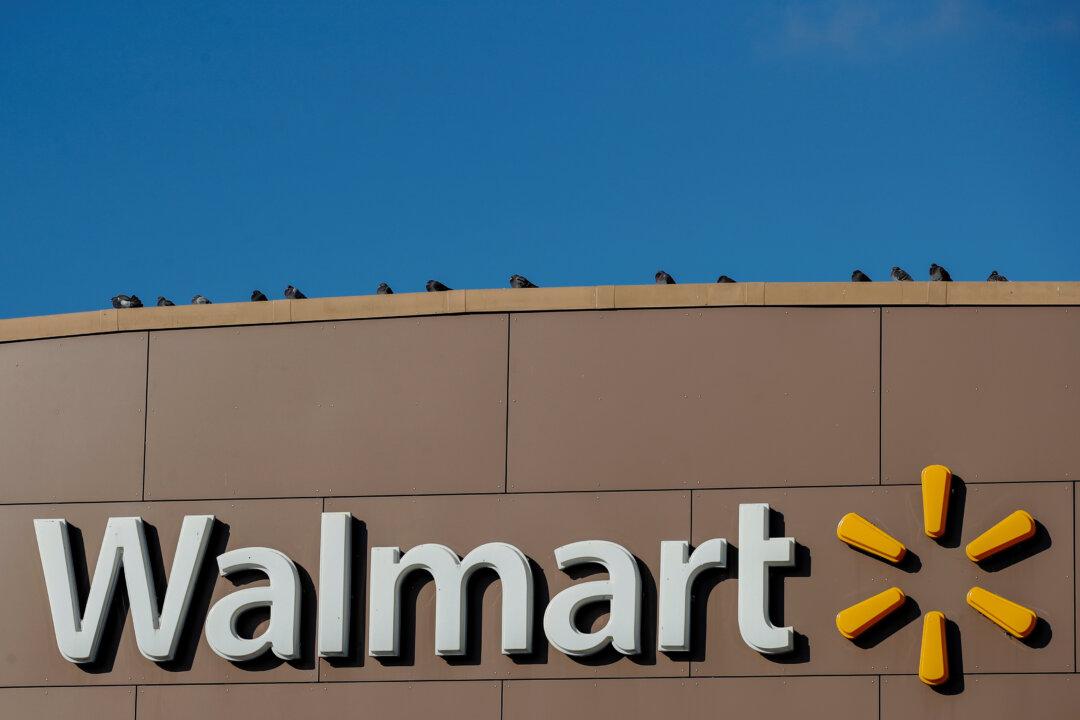With the softening of the economy, consumers are starting to fall behind on their credit card and loan payments, with delinquency increasing modestly, according to executives at major U.S. banks.
Profits at Bank of America Corp, JPMorgan Chase, Wells Fargo, and Citigroup Inc. beat analyst forecasts as lending giants earned more revenue from clients’ interest payments on credit cards. However, industry chiefs don’t expect the good times to last as a recession looms and customer delinquencies climb.




